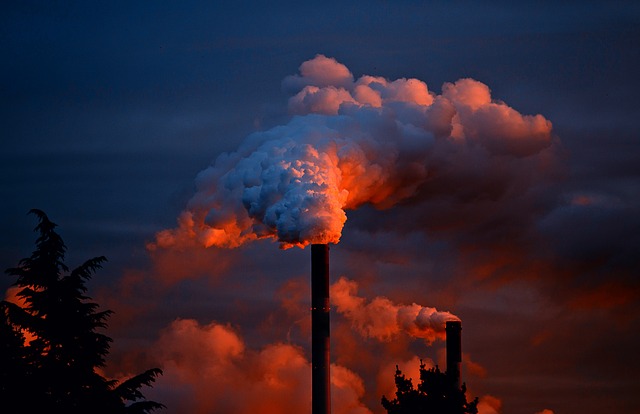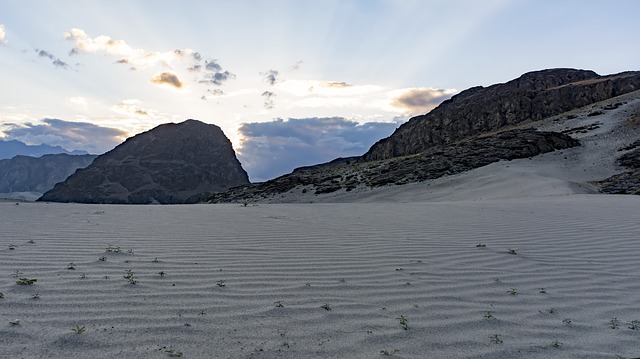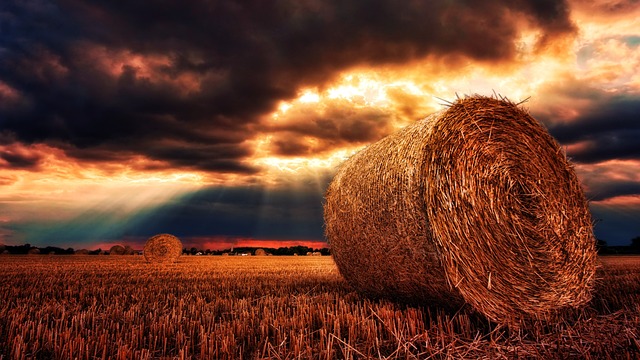Introduction
Air pollution: It is defined as the existence or release of air-borne substances into the air that causes health problems among living beings, infrastructure, etc. The air pollutants in the air cause air pollution.
Air pollutions cause damage to infrastructure, human and animal health, water bodies, etc. There is a wide variety of air pollutants that include biological molecules, particulates, gases, solvents, etc.
Check out Negative Impacts of Space Exploration on the Environment
Sources of Air Pollution
There are two main sources of air pollution:
Natural Sources
Natural sources of air pollution include natural phenomena that happen on the Earth such as Bushfires, wildfires, forest fires, volcanic eruptions, sand storms, etc. Other natural sources are dust particles, organic compounds, inert gases, sea salts, etc.
Anthropogenic Sources
Anthropogenic sources are those that include human activities. The anthropogenic activities are agricultural systems, transportation, residential houses, industrial process, power plants, fossil fuel combustion, waste incineration, pesticides, herbicides, solid waste, etc.
Biological Sources
Biological sources of air pollution include living organisms such as bacteria, fungi, viruses, mites, cockroaches, etc.
You might also wish to read: What is Indoor Air Pollution? – Sources, Effects and Control and What Are Common Indoor Air Pollutants? – Types And Sources.
Types of Air Pollutants:
Primary Pollutant: It is defined as an air pollutant that is released directly into the air from a source. Examples of primary pollutants are particulate matter, heavy metals, nitrogen oxides, sulfur oxides, volatile organic compounds, persistent organic pollutants, carbon monoxide, etc.
Secondary Pollutant: It is defined as an air pollutant that is not released directly into the air. But secondary pollutant is formed as a result of chemical reactions in the atmosphere. Photochemical reactions in the atmosphere generate secondary air pollutants Examples of secondary pollutants are acid rains, smog, nitrogen dioxide, ozone, aerosols, etc.
Biological Pollutant: It is defined as particles in the air from biological sources. Examples of biological pollutants are pollen, molds, cat saliva, etc.
To know more: Sources and Effects of Common Air Pollutants
Effects of Air Pollutants
Effects of air pollutants on humans include respiratory diseases, lung cancer, heart diseases, etc. Long-term exposure to air pollutants causes severe health complications. Air pollution affects the liver, kidneys, nervous system, etc. Exposure to air pollution causes birth defects. Some air pollutants cause acid rains and greenhouse effects. Air pollution can be considered as the leading cause of global warming – therefore, Controlling Air Pollution Crucial for Mitigating World’s Environmental Crises
General Control Measures of Air Pollution
Air pollution that results from natural sources cannot be controlled but preventive measures can be adopted. The air pollution from anthropogenic activities can be minimized by switching to alternative sources. General control measures of air pollution are listed below.
- Eco-Friendly Transportation – Switching to electric cars might reduce air pollution.
- Planting Trees – Planting more trees helps reduce air pollution. Plants also help improve indoor air quality, for more info read: 10 Indoor Plants For Improving Indoor Air Quality At Home.
- Renewable Energy Sources – Renewable energy sources cause less air pollution than burning fossil fuels.
- Use of special instruments and Equipment Used in Industries to Control Air Pollution
Conclusion
Air pollution is increasing day by day due to anthropogenic activities. Lahore, the city of Punjab, Pakistan faces heavy smog during winters. It is among the more polluted city in the world. The combustion of fossil fuels is posing threats to the environment of the World because air toxins are released from this process. Due to air pollution, acid rains cause loss of marine biodiversity and eroded infrastructure. There is a dire need of alternative energy sources for fossil fuel burning.
Also check out: 10 ways to protect yourself from smog
I hope you all liked this post! Please comment below if you have any suggestions, comments, or feedback! We at #envpk love hearing from our readers! Thanks!




